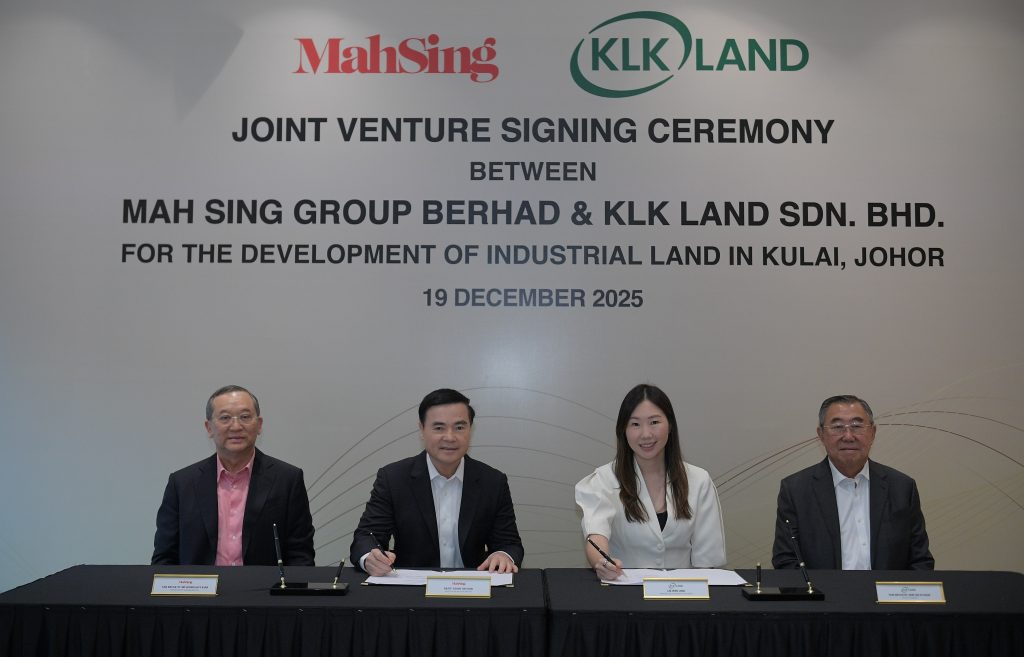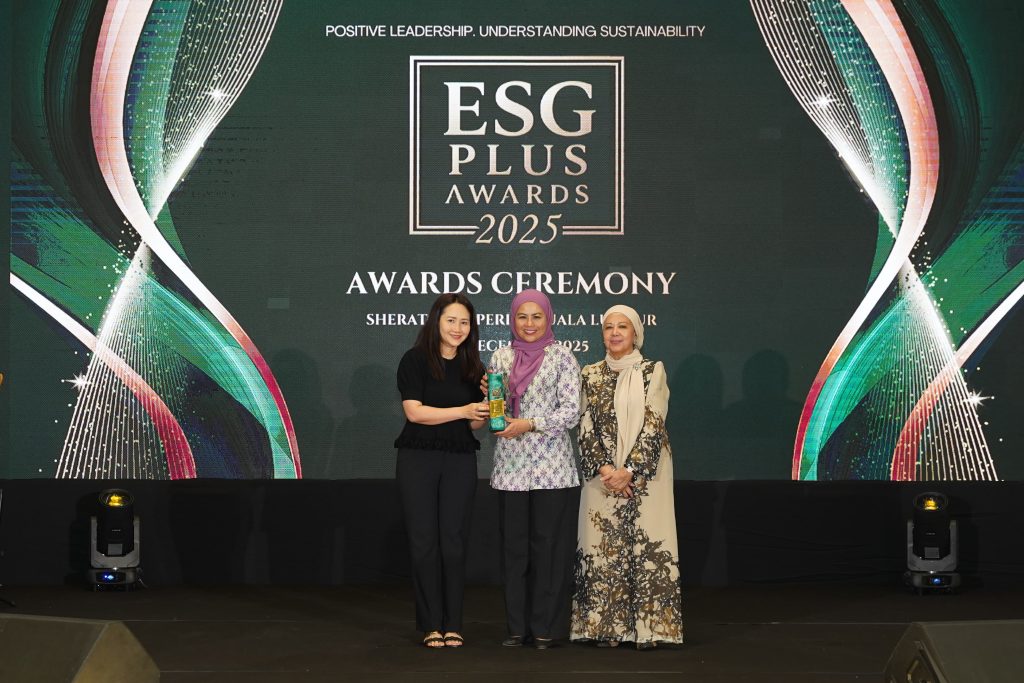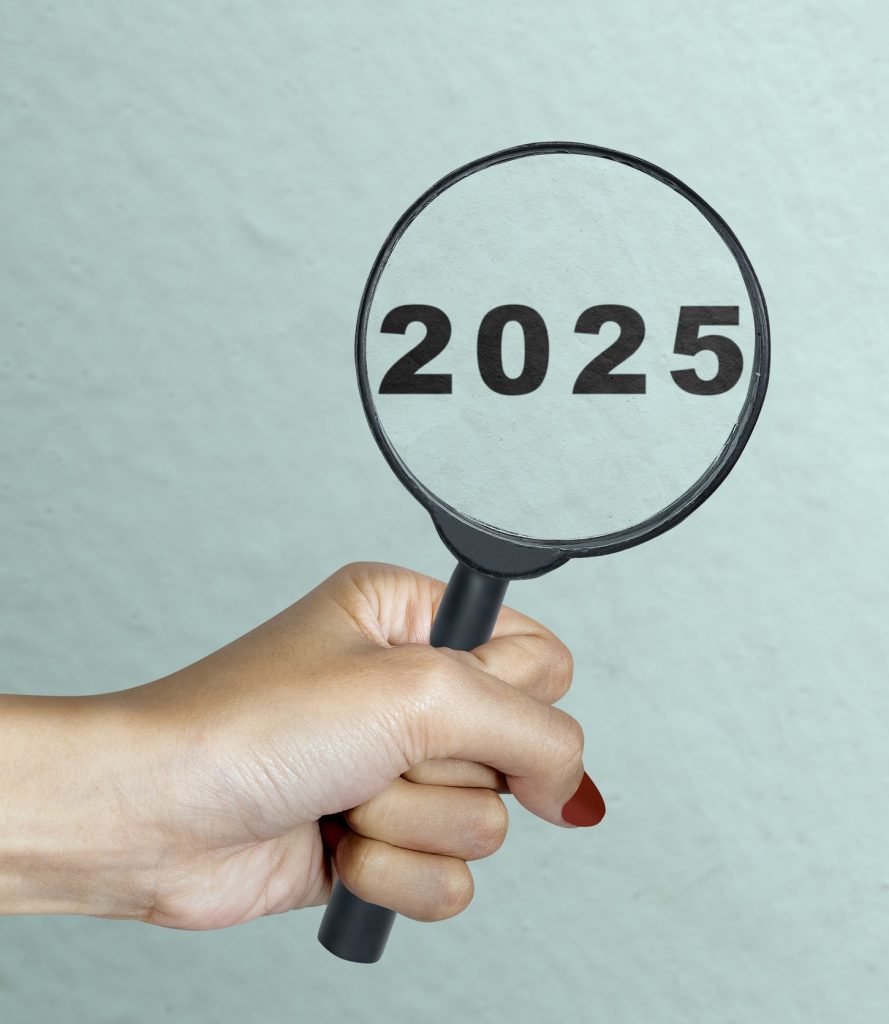International and domestic demands may push supply for such facilities upwards
By Yanika Liew
As Malaysia’s ageing population continues to increase, it’s time to rethink the structure of everyday housing and development. Do we have enough age-centric support for future needs?
According to the Department of Statistics Malaysia, the elderly, as aged 65 and over, increased from 7% in 2021 to 7.3% in 2022. There are multiple facilities used to address the different needs of the elderly, from retirement villages to specialised services. Even with the marked increase in the ageing population, public opinion is sceptical of elderly care facilities, with parents preferring to live in their own homes or with their children.
Remaining at home allows the elderly to have an alternative to institutional care, staying independent as they age. This concept could be the foundation for sustainable communities for future generations.
“Owning a home is very costly for the low and middle-income groups of society. Their expectations are therefore high if they can age comfortably at home in line with the changes in their lifestyle and the deterioration of health conditions associated with ageing. By providing secure and affordable housing for everyone, this is in accordance with SDG 11 of the 2030 Agenda for Sustainable Cities and Communities,” Universiti Teknologi Malaysia associate professor Dr Siti Uzairiah Mohd Tobi said.
She listed several challenges to ageing in place, as many homes were not designed to be age-friendly, with features such as stairs and narrow doorways that can be difficult to navigate for those with mobility issues. Notably, the pandemic revealed how important socialising is to the elderly. Isolation can be a problem for older adults who live alone, especially when they can longer drive or have limited access to public transportation.
Age-friendly developments do not just include features such as step-free entrances, wide doorways and grab bars. It also includes home care and transportation, allowing connectivity and accessibility.
Global real estate services firm JLL Malaysia country head YY Lau noted that the pandemic only lowered the public opinion of facilities dedicated to the elderly. Due to the susceptibility of the elderly to Covid-19, younger family members were too cautious to allow their elderly to be placed in aged-care facilities. This decreased demand led to many developers taking a more reserved approach to elderly-care facilities.
Demand drivers
However, as people begin returning to normalcy, she pointed out that three major factors may drive up demand.
“More efficient medicine and better treatment allow people to live longer. This means that at retirement age many people are still quite active and would like to continue living and communicating with other people. Therefore, the size of the older population is getting bigger in number, and different groups may have different preferences,” Lau said.
“Traditionally, many senior people in Malaysia live with their children and expect younger generations to take care of them as they get older and require more assistance. At the same time, the share of senior people who would prefer to live either alone or with his or her spouse is growing,” she added.
Last but not least, Lau noted Malaysia’s popularity as a retirement destination for many expatriates, citing its climate, medical standards and English or Chinese-speaking population. These trends imply that demand for senior living will grow.
“Malaysia is distinctive in that it appeals to both foreigners and residents alike. Seniors from nearby Singapore, Australia, China, the UK and the US are searching for a place to retire where the climate is mild, the healthcare system is good, both English and Chinese are widely spoken, and the cost of living is generally lower,” Lau said.
Malaysia’s location and weather conditions are considered a favourable option for retirees whose health still permits them to be active, with a relatively low number of natural disasters such as earthquakes, typhoons, and tsunamis.
“The country has a large number of golf courses, which are quite popular among the elderly population in many countries. It is closely located to many other countries, allowing people to travel and see new places. Malaysia has a developed service sector, offers a wide range of food options, and has an Asian hospitality culture. All these factors put Malaysia among the top 5 destinations for retirement to those considering to live abroad,” she added.
Lau expects that demand from expatriates will return, in turn, boosting supply.
Currently, traditional real estate markets such as residential, retail and offices are experiencing a high volume of new supply, while demand is still recovering. These factors urge some investors to consider alternatives, including elderly housing.
According to pre-Covid research, approximately 9% of Malaysians were ready to live independently from their families and take care of themselves, Lau noted. Some experts foresee this number increasing as new generations who are less traditional begin to retire. It may double by 2030 if the observed trend persists.
“We believe that the presence of expatriates actively spending their retirement in Malaysia may also support the trend as you already have a group of people that demonstrate by example that retirement villages or homes is something that is common and allows people to continue having an active lifestyle,” she added.
Examples of such developments include the ReU Living project by IGB Development in Kuala Lumpur, Komune Living and Wellness by UOB in Cheras and the GreenAcres project by Total Investments (TI Homes) in Ipoh.
Smart technologies
Technology for elderly care has been utilised for years to improve lifestyle and life expectancy, and Siti pointed out that smart home technology for the elderly is becoming increasingly common in many countries around the world, such as Japan, South Korea and Singapore.
“Japan has been a leader in developing smart home technology for the elderly, as the country faces significant demographic challenges due to its rapidly ageing population. There are many Japanese companies that specialise in producing smart home technology for the elderly, such as robotic care beds, toilet seats with built-in sensors, and smart lighting systems,” Siti said.
In South Korea, with support from the government, companies specialise in smart home technology such as smart care beds, motion-sensor lighting systems, and voice-activated virtual assistants. In Singapore, products and services such as smart monitoring systems, medication management systems, and home automation systems are aimed at helping elderly individuals live independently.
There is constant innovation in age-friendly housing, with experts looking for new and creative approaches to designing, building, and maintaining housing that meets the needs of ageing populations.
Examples include ageing-in-place retrofits, which focus on making modifications to existing homes to make them more age-friendly. This can include installing grab bars and handrails, widening doorways, and adding stairlifts or wheelchair ramps.
“Overall, ageing in place in Malaysia requires a collaborative effort from government agencies, community organisations, and individuals to create a supportive environment for older adults to age with dignity and independence in their own homes,” Siti said.

All these factors put Malaysia among the top 5 destinations for retirement to those considering to live abroad, Lau said.
Stay ahead of the crowd and enjoy fresh insights on real estate, property development, and lifestyle trends when you subscribe to our newsletter and follow us on social media.














































